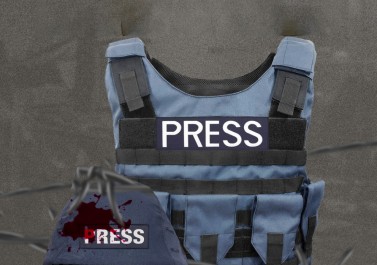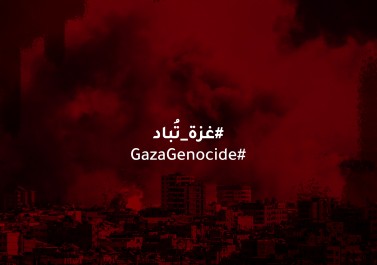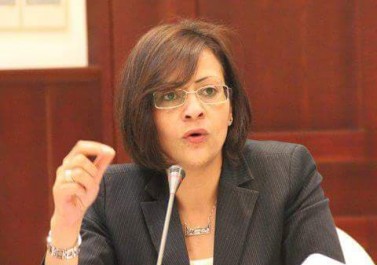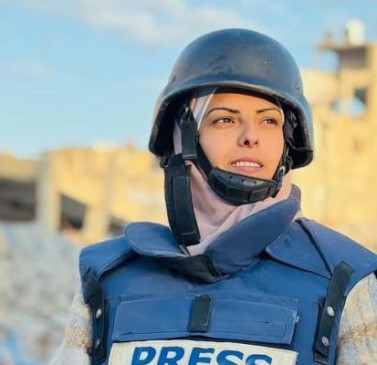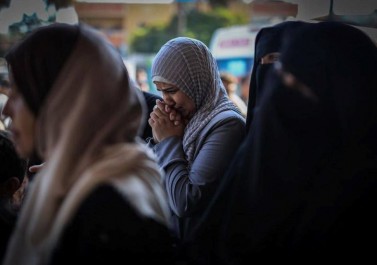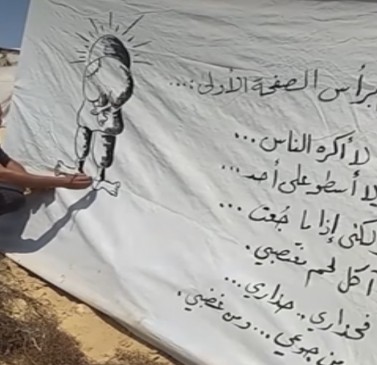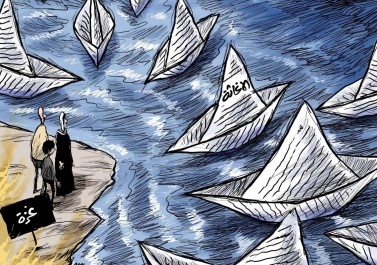:Gaza- Nawa Network- Filastiniyat
Outside his makeshift tent pitched on Gaza’s scorched coastline, 68-year-old Mohammed Sawan struggles to catch his breath. Beads of sweat roll down his forehead as he calls out for water. His wife responds instead, “The jerrycan is empty, Haj. He went to fetch more.”
Gaza is facing the worst water crisis in its history, triggered by Israel’s ongoing assault that began on October 7, 2023. According to international humanitarian standards, the minimum daily water requirement per person is 15 liters. But across much of Gaza, people survive on less than five—used for drinking, cooking, and basic hygiene.
Israeli forces have destroyed nearly 90% of Gaza’s water and sanitation infrastructure.
The Palestinian Center for Human Rights reports that Israeli forces have destroyed nearly 90% of Gaza’s water and sanitation infrastructure. With electricity cut and fuel supplies exhausted, most desalination plants have ceased operations. At best, residents access five liters of water per person per day.
Reuters confirmed that 70–100% of Gaza’s desalination facilities and wells have been damaged or obliterated, slashing potable water production to under 17% of its pre-war capacity.
Not far from Sawan’s shelter, 10-year-old Ahmad Sharab sits quietly, looking frail and withdrawn. His friends invite him to join their game, but he waves them off. “I’m too tired and thirsty,” he says. “We have only one bottle, and it needs to last till tonight—maybe then my father will find a full jerrycan.”
His words weigh heavier than his years. He points to a single one-liter bottle that must be shared among seven people sheltering in one tent, braving Gaza’s relentless summer heat.
Ahmad, his mother says, suffers from chronic constipation brought on by dehydration, along with signs of severe malnutrition and metabolic imbalance.
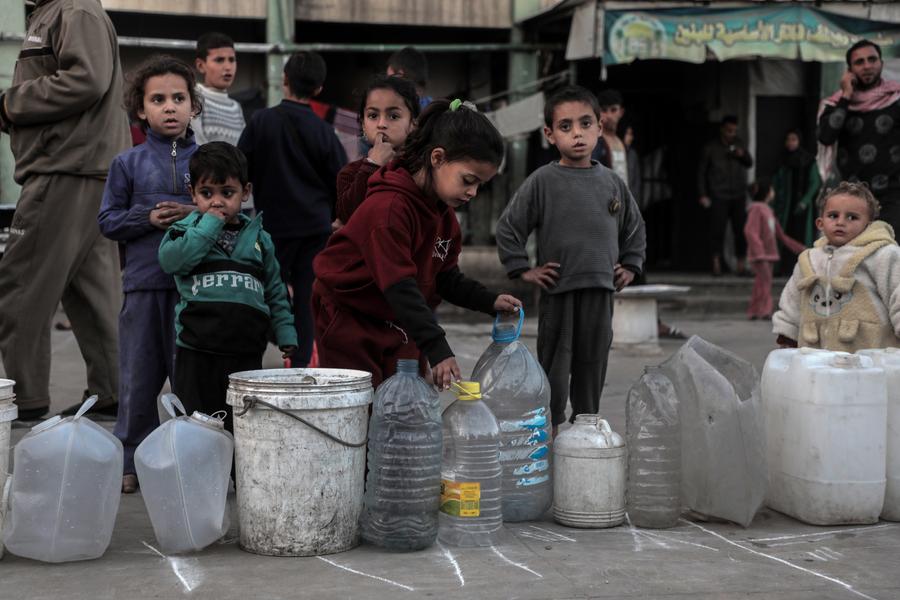
At a crowded school shelter in central Gaza, Maryam Yassin—displaced from Gaza City’s Shuja’iyya neighborhood—struggles to provide water for her three children. “It’s a daily battle,” she says. “They drink maybe twice or three times a day. I can’t even tell if the water is safe. We bathe once a week and rarely do laundry—there’s simply no water.”
She prioritizes drinking water for her elderly mother-in-law, who shares the shelter and suffers from kidney disease. “She needs clean water constantly,” Maryam explains. “I boil it, let it cool, then cover it. It’s primitive, but it’s all we have.”
Her mother-in-law cuts in, “I barely get two liters a day. I’m ill. I need dialysis three times a week. The doctor said I need at least four liters just for drinking.”
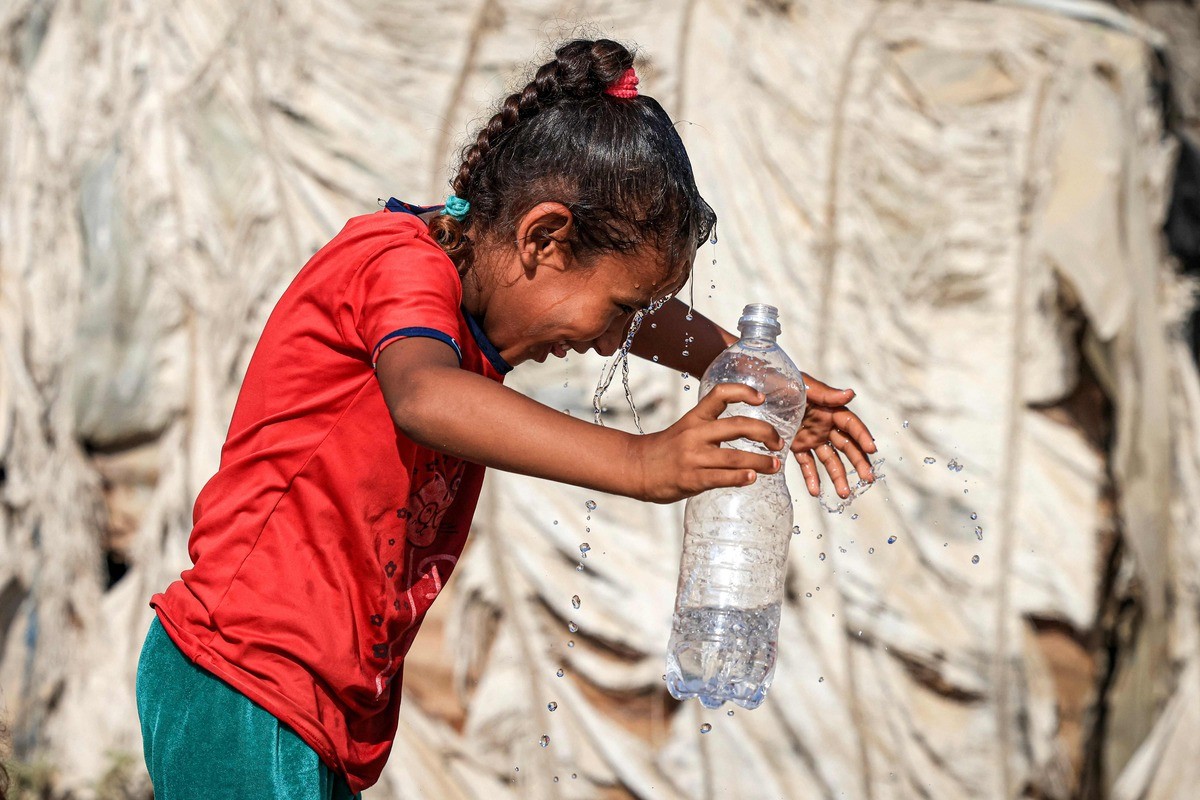
The Palestinian Center for Human Rights has warned of a looming humanitarian catastrophe caused by Israel’s blockade and deliberate targeting of water infrastructure. The United Nations Office for the Coordination of Humanitarian Affairs (OCHA) reported a 90% drop in water consumption since the start of the war, stating that the remaining supply can only meet one-third of the population’s basic needs.
UNICEF’s latest figures show that children in Gaza receive less than 10% of their minimum daily water requirements, putting them at extreme risk of waterborne illnesses, malnutrition, and kidney failure. Human Rights Watch went further, warning that the systematic deprivation of water may constitute “acts of genocide” and a “war crime,” in the context of an ongoing blockade and infrastructure decimation.
UNICEF’s latest figures show that children in Gaza receive less than 10% of their minimum daily water requirements.
But none of that matters to young Ahmad Sharab. He dreams only of a cold bottle of water—without fear, without rationing. In Gaza, thirst isn’t measured in cups, but in lives suspended between silent taps, bombed desalination plants, and faces waiting for a drop of hope. Sometimes, a half-empty bottle carries an entire future inside.










